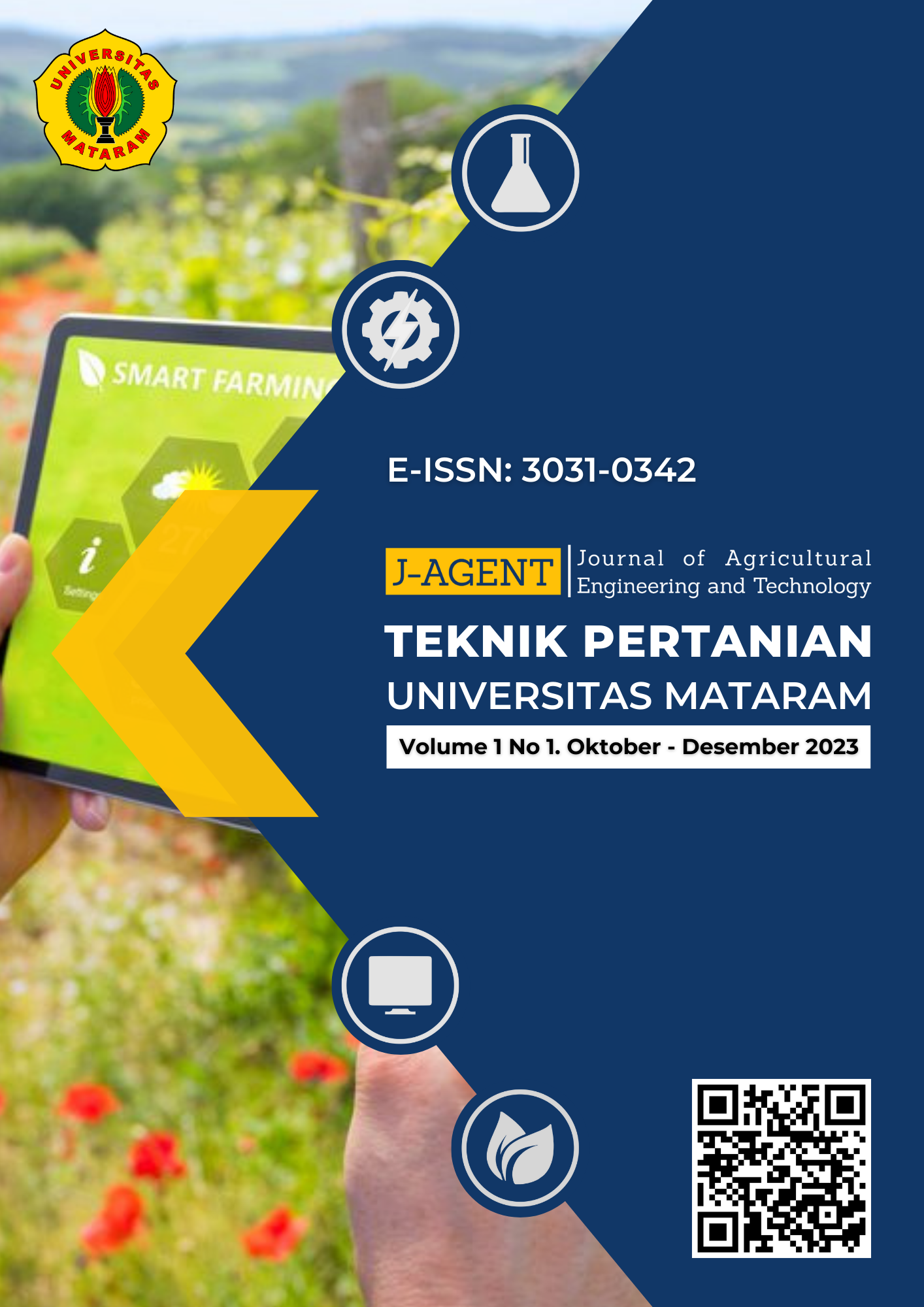DETEKSI TINGKAT KEMATANGAN BUAH SRIKAYA (Annona squamosa L.) BERDASARKAN SIFAT FISIK DAN KIMIA PADA PENYIMPANAN SUHU RUANG MENGGUNAKAN ALGORITMA k-NEAREST NEIGHBOR (k-NN) DAN RANDOM FOREST
Kata Kunci:
machine learning, sifat fisik dan kimia, srikayaAbstrak
Proses klasifikasi pada buah seringkali menjadi masalah dalam proses produksi hasil pertanian,
salah satunya dalam klasifikasi tingkat kematangan buah srikaya, serta telah banyak penelitian
pengklasifikasian buah menggunakan satu atau dua parameter menggunakan machine learning.
Sifat fisik dan kimia seperti aroma, kadar air, TPT, tekstur dan susut bobot biasanya menjadi
indikator dalam menentukan kematangan buah, Tujuan penelitian ini adalah untuk menentukan
tingkat kematangan pada buah srikaya berdasarkan sifat fisik dan kimia menggunakan algoritma
k-Nearest Neighbor (k-NN) dan Random Forest, serta mengukur keakuratan algoritma tersebut.
Metode yang digunakan pada penelitian ini yaitu metode klasifikasi k-NN dan Random Forest,
kemudian diukur kinerjanya menggunakan confusion matrix. Parameter yang diamati yaitu sifat
fisik (susut bobot dan tekstur) dan kimia (kadar air, total padatan terlarut dan kandungan gas).
Hasil deteksi tingkat kematangan pada buah srikaya sudah tercapai, dari 8 data uji dapat
mendeteksi 1 buah yang rusak menggunakan metode k-NN, sedangkan metode random forest dari
8 data uji dapat mendeteksi 2 buah mentah, 3 buah matang dan 1 buah rusak. Tingkat akurasi metode k-NN sebesar 12,5% dan random forest sebesar 75%. Performa metode random forest
lebih tinggi dari metode k-NN berdasarkan hasil akurasi, presisi, sensitivitas dan spesifisitas.


